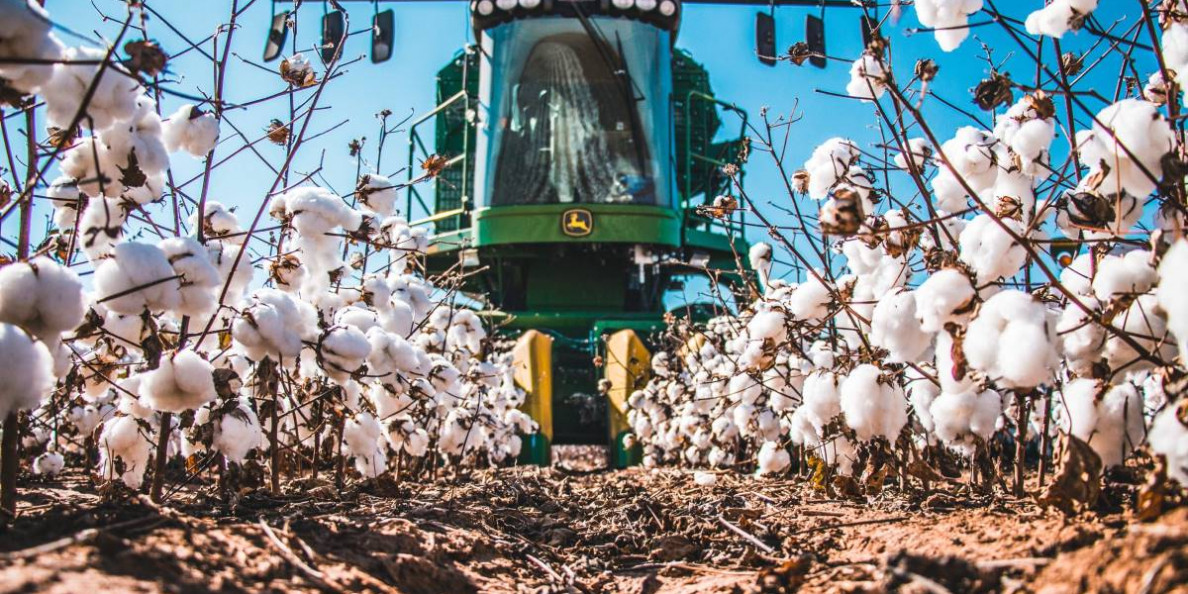Global cotton prices are on the rise again. After averaging below 95 cents per lb for 12 months, World Cotton ‘A’ Index averaged at exactly a dollar per lb during February 2024, up 8 percent compared to the previous month – and closing on levels last witnessed exactly a year ago in February 2023. With global cotton output and consumption estimates for the marketing year 2023-24 virtually unchanged over the past six months, what’s cooking behind the rapid rise in fiber prices in recent weeks?
Market watchers would recall that world cotton prices breached the dollar per lb psychological barrier for the first time in a decade back in September 2021, fueled by the post-Covid frenzy caused by resumption of commercial activity amid heightened supply chain bottlenecks. Later, world prices reached an 11-year peak by May 2022, following the war in the Black Sea beginning Q1-CY22, which also marked the peak of global commodity supercycle.
Over the following six months as common sense prevailed, speculative activity in the cotton market fell, with world index receding by exactly 50 percent by Sep 2022 from a peak of $1.5 per lb in May 2022, bottoming out at 75 cents. Since then, prices have remained ranged bound between 80 – 90 cents, prompting many analysts to insist that world cotton prices had found a new normal post pandemic, which was almost 10 - 15 cents higher than the long-term average between 2011 – 2019.
But the recent price surge suggests that the post pandemic new normal is yet to be found. World cotton prices have risen at a time when cotton use estimates are still at a four-year low, while stock-to-use ratio is at its highest since the pandemic bottom. So, what exactly is cooking?

In one word: China. Although the world’s largest producer of the natural fiber is sitting at record inventory levels, the reality has finally started to sink in the brave new world of post Xinjiang ban. Despite virtually nil change in Chinese consumption of cotton, and higher carryover inventory over last year, Chinese import estimates for the current marketing year are up by 107 percent over the previous year. The surge in Chinese import forecast is so significant that it more than makes up for lower import demand from most other deficit destinations such as Bangladesh, Pakistan, Turkey, India, Malaysia, among many others.
For the uninitiated, the Xinjiang province has historically contributed nearly 80 percent of domestic cotton production in China. However, the controversy over forced labor practices led to a ban on use of Xinjiang origin cotton by both USA and European Union. Previously, China has not only been a powerhouse in cotton production but also the top supplier of cotton yarn and greige fabric to global garment value chain spread across Bangladesh, Viet Nam, Mexico, and Turkey etc. However, the Xinjiang ban has effectively excluded Chinese origin cotton, yarn, and fabric from global textile value chain, for fear of their final products being barred access into western markets.
Which means that if the world’s largest spinning and fabric industrial base in China is to remain globally competitive; it must source cotton from elsewhere across the world in order to meet raw material origin and traceability guidelines? The Xinjiang ban may be politically motivated, but that won’t keep China from losing its market share to other exporting nations, especially India. One contrarian position in the commodity market is of the view that China would like to raise its import to levels that drives cotton prices to abnormal – never before seen levels – enough to make apparel destined for western markets prohibitively expensive, eventually forcing EU (and possibly even US) to relax the conditions of the ban.
If these fears are realized, world markets may still be very far off from finding the new normal of cotton prices. Incidentally, the rise in cotton prices could not have come at a better time for Pakistan’s local spinning and fabric industry, which has been sitting at record carryover inventory amid weak demand.


